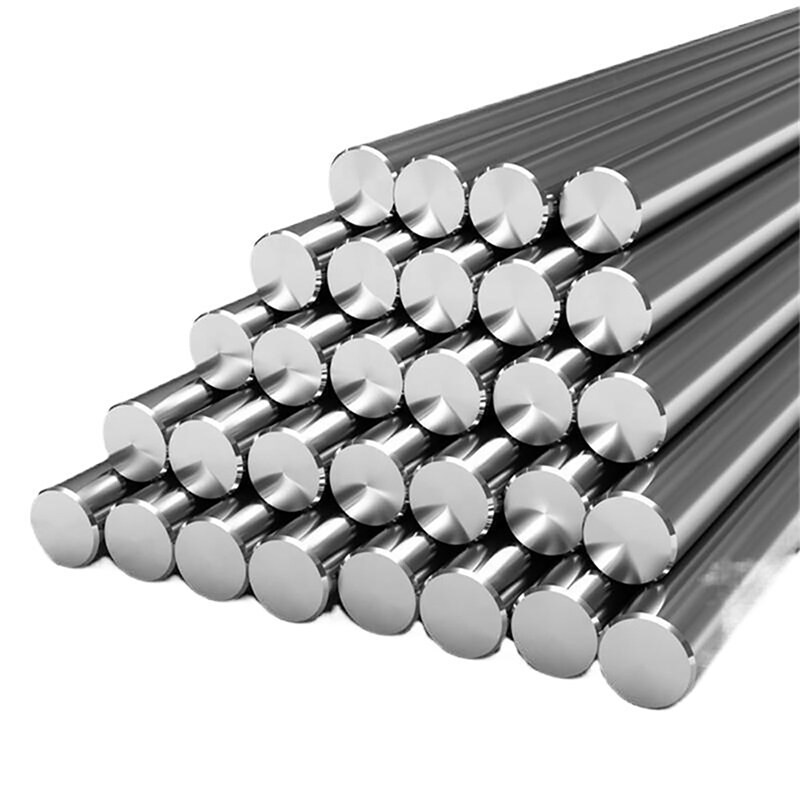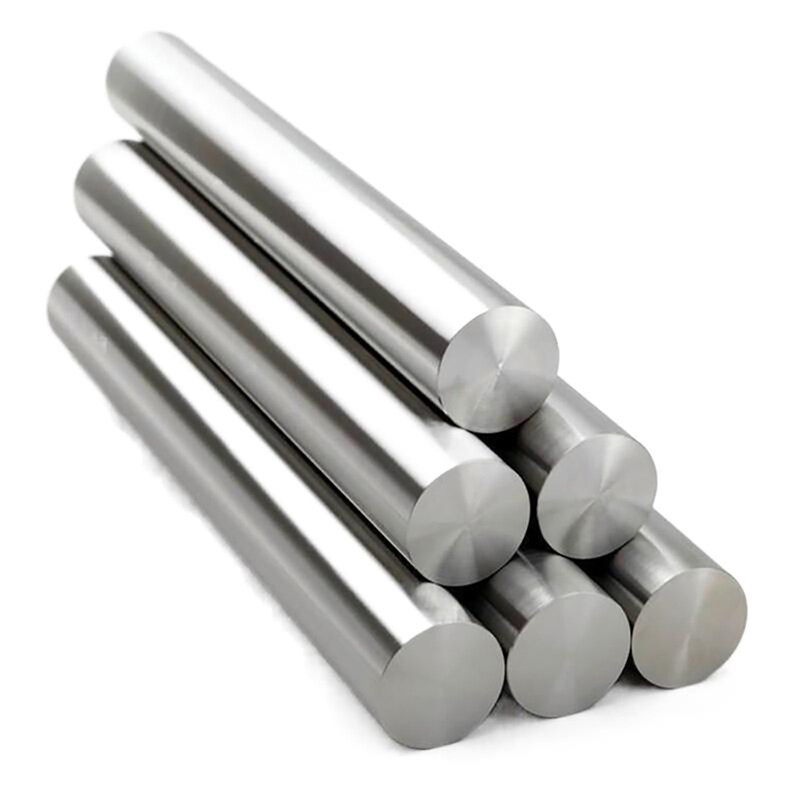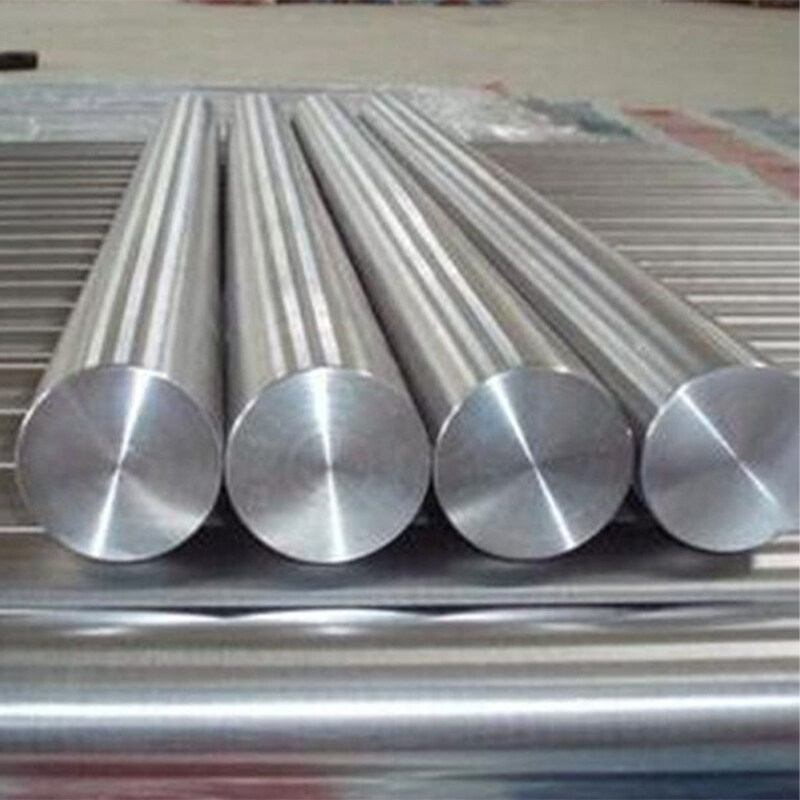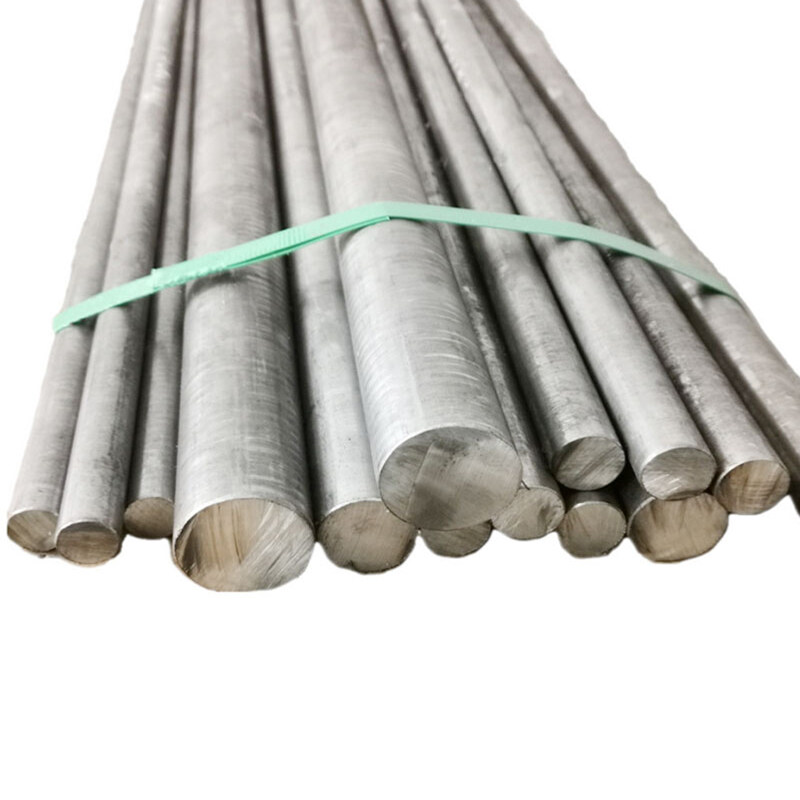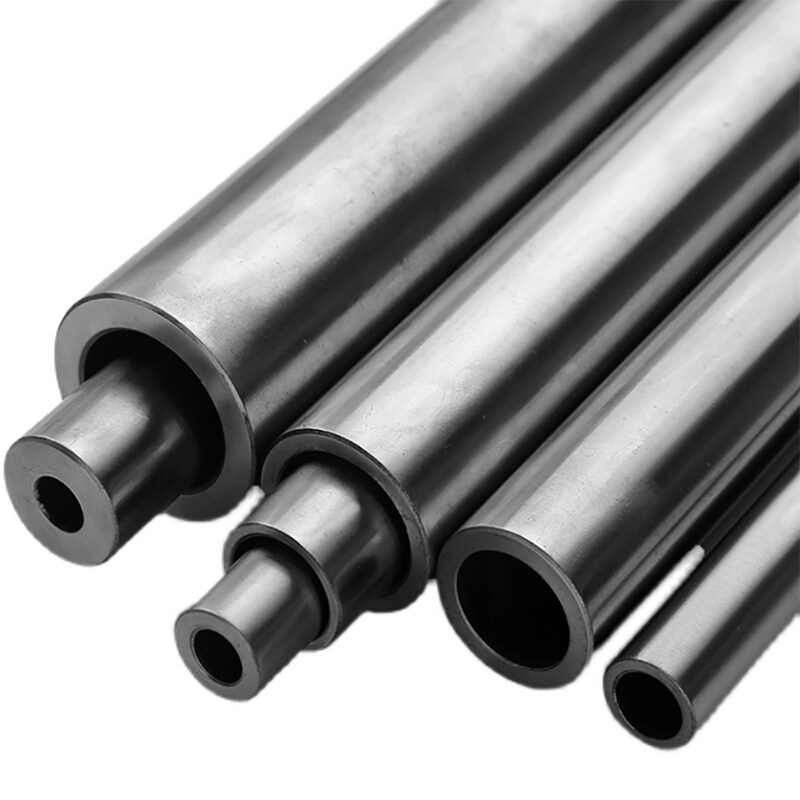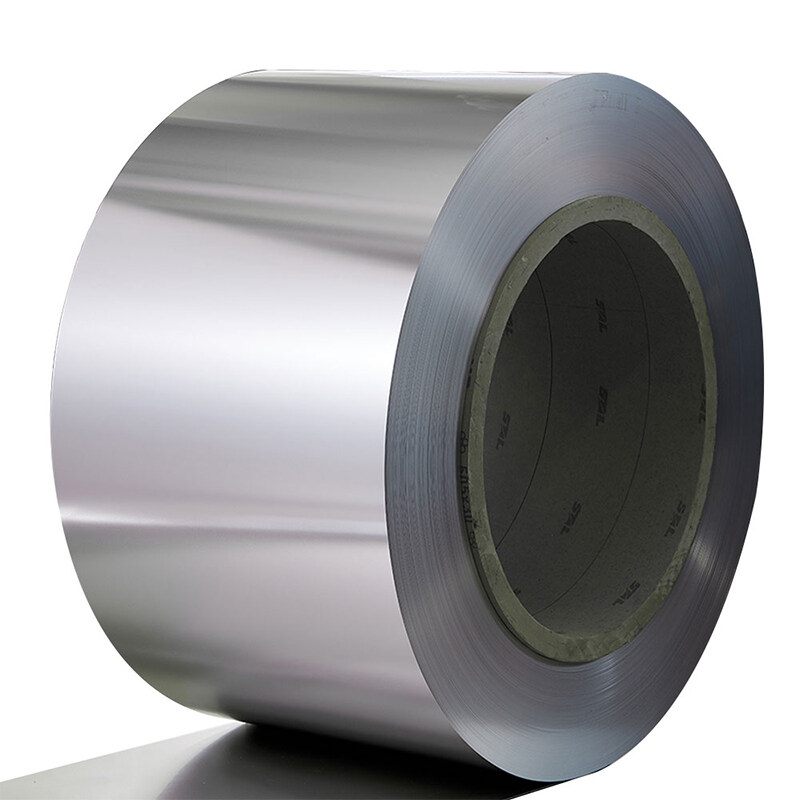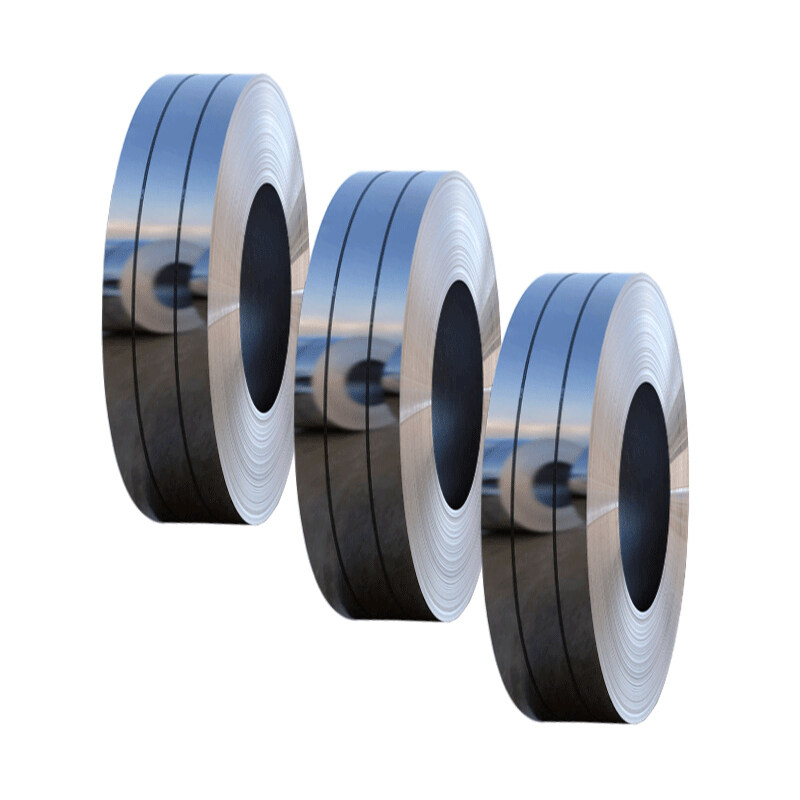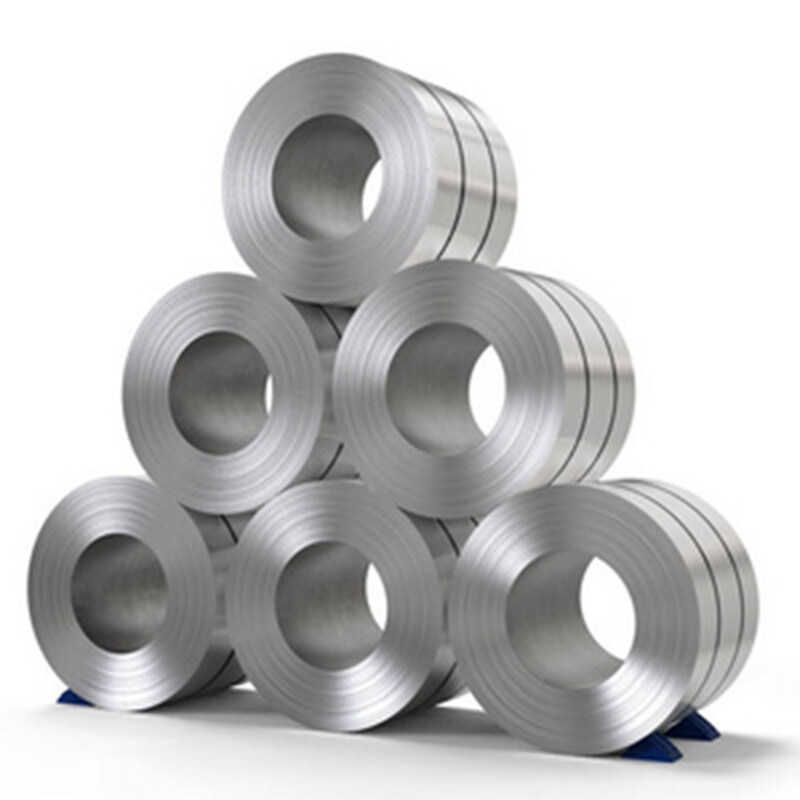Email format error
Email cannot be empty
Email already exists
6-20 characters(letters plus numbers only)
The password is inconsistent
Email format error
Email cannot be empty
Email does not exist
6-20 characters(letters plus numbers only)
The password is inconsistent

304 316 solid Stainless Steel Round Bar 2mm-30mm Metal Rod
This solid stainless steel round bar is made of 304 and 316 grade stainless steel, offering superior durability and strength. It has a round shape and comes in a variety of sizes ranging from 2mm to 30mm. Perfect for use in metalworking projects, this bar is resistant to corrosion and rust, making it an ideal choice for a variety of applications. Its solid construction ensures reliability and longevity, making it a great addition to any workshop.
-
200series, 300series, 400series
-
1/4H, 1/2H, 3/4H, H
-
EH, SH
-
2B, 2D, TR, BA, HL
-
Brushed, SF, 4K-12K
-
Customizable
There are 304 310 316 321 solid stainless steel round bar with varied sizes like 2mm 3mm 6mm. If you need it, please feel free to let us know.
Looking for a strong and durable stainless steel round bar? Look no further than our 304 316 Solid Stainless Steel Round Bar! With a round shape and diameters ranging from 2mm to 30mm, this bar is perfect for all your metalworking needs. Plus, it’s resistant to corrosion and rust, making it a top choice for a wide range of applications.
Cutting-edge Methods:
Our 304 316 Solid Stainless Steel Round Bar is crafted using innovative techniques that ensure high accuracy and precision, so you can trust that it will meet all your detailed demands. We use state-of-the-art machines and technology that are both professional and high-level, so you can rest assured that you’re getting top-notch quality.
Different Surface Polish Provides Various Needs:
Our 304 316 stainless steel round bar boasts a polished surface that’s achieved through multiple methods, including 2B, BA, NO.1, 8K, 2D, and more. We use exquisite technology to ensure that the stainless steel bar meets your exact requirements. So whether you need a smooth and shiny finish or a more textured surface, we’ve got you covered. Trust us to deliver the perfect stainless steel round bar for your project!
Flexible Application Options:
Its resistance to corrosion and rust makes it ideal for use in harsh environments, such as marine and industrial settings. It’s commonly used in metalworking projects, including construction, architecture, and engineering. Additionally, it’s often used in the production of kitchenware, medical equipment, and automotive parts.
High Melting Point with 304 and 316 Stainless Steel Round Bar:
The melting point of grade 304 stainless steel is slightly higher than that of grade 316 stainless steel. The melting point range of 316 is 2500 f – 2550 f (1371 C – 1399 C), which is about 50 to 100 ° f lower than that of 304 stainless steel.
Product Parameter:
|
Material |
201/202/303/304/304L/316/316L/2205 Stainless Steel |
|
Technique |
Cold Rolled/ Hot Rolled |
|
Standard |
AiSi |
|
Surface Finish |
No.1 |
|
Surface |
BA/2B/NO.1/NO.3/NO.4/8K/HL/2D/1D |
|
Grade |
300 Series |
|
Length |
10-12000mm or Customized |
|
Thickness |
0.1mm-3mm or Customized |
|
Shape |
Round |
|
Diameter |
2-30mm or Customized |
|
Tolerance |
±3% |
|
Processing Service |
Bending, Welding, Decoiling, Punching, Cutting |
|
Application |
Electronic Products, Automotive, Medical, etc |
Application:
·Car styling and Decoration
·Wheel Cover
·Storage Tank
·Electrical Enclosure
·Kitchen Equipment and Appliances
Stainless steel round bar is made of stainless steel. Different grades of stainless steel are used in different industries. Stainless steel rods are used for their strength and corrosion resistance. All stainless steels contain chromium. The composition and chromium content can be different. The higher the chromium content, the higher the corrosion resistance.
304 stainless steel properties and applications
304 steel is one of the most commonly used stainless steels. Due to its high chromium content, it has excellent corrosion resistance. Its chemical composition includes:
18% chromium
8% nickel
Sometimes there are also small amounts of carbon and manganese. These elements make it antioxidant and easy to clean and disinfect.
Some of the more common applications of grade 304 steel are:
Car styling and decoration
Wheel cover
Storage tank
Electrical enclosure
Kitchen equipment and appliances
One weakness of 304 stainless steel is that it is prone to pitting and local corrosion due to exposure to high chloride solution or salt environment. Chloride as little as 25 ppm can cause pitting.
Why stainless steel round bar need be polished?
I think the following reasons contributing it.
Improve appearance
Over time, stainless steel begins to warp due to grinding, cutting, scraping, or other load applications. So any specific polishing finish will reproduce these problems and create a new fashion style. After this equipment is worn and faded, the stainless steel polishing can ensure a new reflective appearance according to the type of finish used.
Rough mouth
The last factor of the importance of stainless steel polished surface is that it can smooth the rough surface. Just as stainless steel will be worn and dirty after extensive use, it will also become rough and hollow. Stainless steel polishing ensures that these surfaces are smooth without requiring harsh chemicals or intensive procedures. These polished finishes require hot-rolled, cold-rolled, satin or polished finishes to restore worn stainless steel appliances and equipment to a new state.
What is the difference between grade 316 and grade 304 stainless steel?
The most basic difference between grade 304 and grade 316 stainless steel is that 316 tends to contain more nickel and a small amount of molybdenum in the mixture. The general mechanical properties of these two metals are basically the same.
The increased nickel content and molybdenum content make 316 stainless steel have better chemical resistance than / kloc-4/ stainless steel. Its ability to resist acid and chloride (including salt) makes 316 an ideal choice for chemical processing and marine applications.
However, the addition of nickel and molybdenum also makes grade 316 a more expensive alloy than stainless steel 304 per ounce of material.
In addition, the melting point of grade 304 stainless steel is slightly higher than that of grade 316 stainless steel. The melting point range of 316 is 2500 f – 2550 f (1371 C – 1399 C), which is about 50 to 100 ° f lower than that of 304 stainless steel.
Although stainless steel 304 alloy has a higher melting point, grade 316 has better resistance to chemicals and chlorides (such as salt) than 304 stainless steel. Grade 316 stainless steel is considered superior when it comes to chlorinated solutions or applications exposed to salt.
Plus, 304 and 304L are very similar. Only one letter is missing, which can make people confused. What is the difference between the two?
The difference between 304 and 304L
The two alloys are very similar, but there is a key difference. In 304 grade stainless steel, the maximum carbon content is set at 0.08%, while in 304L grade stainless steel, it is 0.03%. "L" in 304L can be understood as ultra-low carbon.
The difference of 0.05% carbon content has a small but significant difference in the properties of the two alloys.
Mechanical differences
Compared with "standard" grade 304 stainless steel alloy, the key mechanical properties of grade 304L are slightly reduced, but it is obvious.
For example, the ultimate tensile strength (UTS) of 304L is about 85 Ksi (~586 MPa), which is lower than the standard UTS of 304 stainless steel, that is, 90 Ksi (~620 MPa). The yield strength is slightly different. The 0.2% yield strength of 304 SS is 42 Ksi (~289 MPa), and the 0.2% yield strength of 304L is 35 Ksi (~241 MPa).
This means that if you have two steel wire baskets, and the design, steel wire thickness and structure of the two baskets are exactly the same, the basket made of 304L will be structurally weaker than the standard 304 basket.


